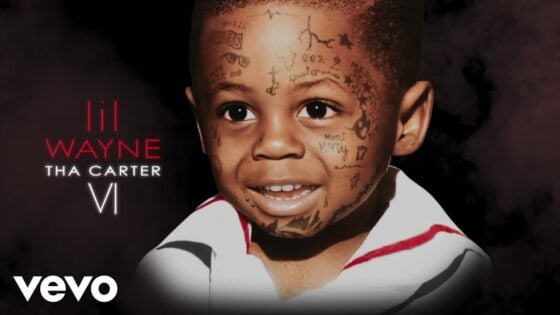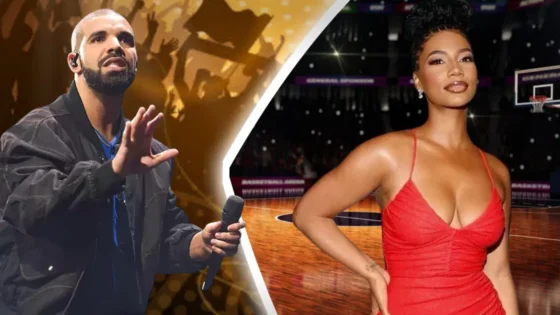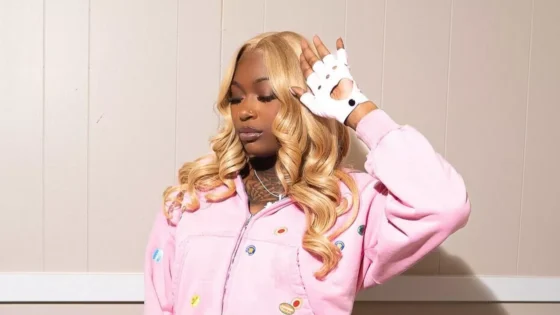Film
How to Make an Entrance #7: Tuco in ‘The Good, the Bad, and the Ugly’
One of the most colorful characters in the Western genre also has one of the best introductions.
There are innumerable critical choices involved in the production of a great film, but one of the most apparent (and important) is determining how an important character first appears. It can happen in a flash, or slowly build to a satisfying reveal, but however achieved, much of a movie’s success can hinge on these moments. Heroes, villains, and anyone in between; the first impression is often how we remember them for the rest of our lives, so filmmakers had better make it count. How to Make an Entrance hopes to celebrate some of the greatest film character entrances of all time by attempting to examine and explore why they work so well — and along the way, perhaps reintroduce readers to some classic cinema friends.
Tuco in The Good, the Bad, and the Ugly (1966)
There are two kinds of people in this world, my friend: those that leave by the door, and those that crash through a glass window in a panicked leap of desperation. Guess which exit makes for a better entrance? What a way for Eli Wallach’s blistering, boisterous, buffoonish portrayal of a sawed-off-little-runt bandito named Tuco Benedicto Pacifico Juan Maria Ramirez (“known as the Rat”) to be born into the cinematic world. The first of three character introductions in Sergio Leone’s seminal spaghetti western, The Good, the Bad, and the Ugly, also happens to be the best — and his arrival is just as crude and lawless as you would hope for the last guy on that list.
There are a lot of people competing for worst-looking cowboy in The Good, the Bad, and the Ugly, but Tuco’s frontier-weathered features aren’t what the title is getting at. One could interpret “ugly” a few ways, but here it mostly seems to mean that this particular outlaw, especially when compared to his titular colleagues, is a mess.
Consider how director Sergio Leone prefaces the moment before Tuco’s actual emergence. Three much more unappealing figures ride into town, each sporting the dead eyes, sun-worn skin, and yellow teeth of typical spaghetti western psychopaths. They walk toward each other, destined for an apparent showdown, intense in concentration and teetering on the brink of their nerves, yet still in control. Despite the harrowing close-ups of their bleak appearances, no indication of aimlessness or stupidity is conveyed. With every deliberate movement, each careful step, a clear sense of purpose is established — these gunfighters have a plan.
The precision in which this opening scene is blocked and shot is extremely important to what will happen next; Leone knew what sort of dirty, impulsive force he was unleashing upon his dusty world, and he wisely sets the stage for introduction by contrast. The three men meet in front of a run-down building, pause to ready themselves, then kick down the door in unison. Leone’s camera, so calm and steady in the lead-up, now rushes in with a comparatively frantic motion to get a better look at the nearby window, anticipating the chaos that will emerge.
Tuco does not disappoint. The outlaw’s entrance details in mere seconds everything audiences need to know about how this character approaches life. Where to begin…
First, Leone immediately conveys Tuco’s uncivilized manner by having him clumsily shatter through the window with a lack of grace that would make most action heroes wince. He could have gunned down the three assassins then walked coolly out the front door like a badass (Tuco is, after all, adept at killing), but that wouldn’t suit; this man is supposed to be rough around the edges, a muddy middle ground between Clint Eastwood’s unflappable The Good and Lee Van Cleef’s stone-cold The Bad. There is no tact, no finesse in The Ugly — ultimately, he is a ruffian, and people like that tend to disregard the social niceties. (It’s also a clever bit of foreshadowing, if intentional.)
Second, just look at the guy. Simultaneously holding a pistol, a cask of liquor, and a half-eaten turkey leg, it’s pretty obvious that this attack has been a surprise. But in addition to looking ridiculous (the bib is a nice touch), this tells the audience that Tuco is not a forward-thinker. He is reactive, which is a more base form of existence. Also, by refusing to let go of the food and drink — even when in mortal danger — we can discern that he tends to hold fast to his primitive instincts more than nuanced or reflective thought.
At this point it would be easy to think of Tuco as a kind of idiot (and to be fair, in some ways he certainly is), but don’t let that disoriented face fool you. Yes, Leone has established his “Ugly” as an unsophisticated brute, but outlaws don’t last long in the unforgiving West without some street smarts. This encounter, in which Tuco is able to subdue all three attackers and quickly discern a means of ultimate escape, demonstrates a resourcefulness that will be referenced later when Blondie adds the nickname of “Rat” to his wily partner. Tuco is a survivor in a world that’s out to get him from all sides, and there’s something both impressive and dangerous about such a man.
It takes only a few seconds, but by having him burst through panes of glass, gun and turkey leg in hand, Sergio Leone makes sure audiences understand the complex character that really is the heart of The Good, the Bad, and the Ugly.
That’s how to make an entrance.
* For more articles in this series, click here

































